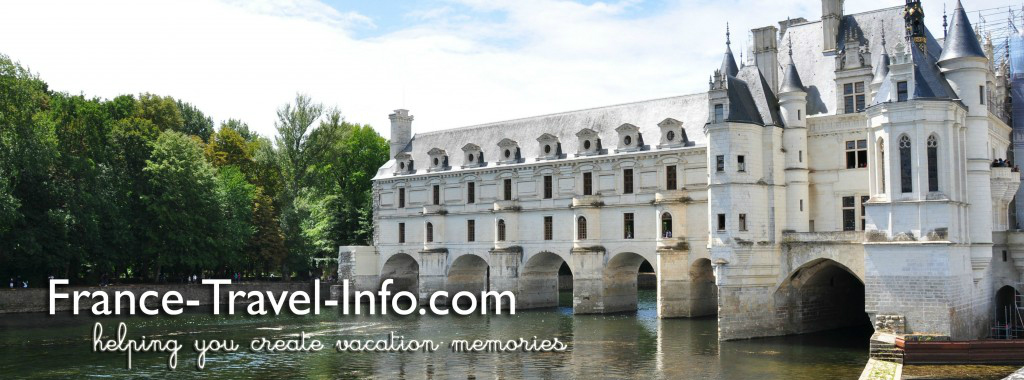Holocaust Memorial Tucked Away in a Quiet Garden of the Marais
Sometimes a surprising find presents itself in the most unlikely of places. I would not have wandered down rue Eginhard had someone not made the suggestion. I certainly would not have expected to find a holocaust memorial in this hidden lovely setting. As you can see from the photo, there does not appear to be much of interest here. So uninteresting is its appearance that I resorted to Google maps for a photo as proof!

Thanks for the photo, Google! This little “tunnel” certainly wasn’t inviting.
This little passage way is adjacent to number 31 rue Saint-Paul. Tucked away in a corner of this little L-shaped street I found a lovely private garden behind an iron fence.

At first I walked right by the fenced garden!
Holocaust Memorial to the Zajdner Family
In the garden stands a plaque, a holocaust memorial to Elias Zajdner and his family. Monsieur Zajdner was a resistance fighter who died for France at the age of 41 according to the plaque.
He and his wife arrived in Paris from Poland in 1922 where he set up an antique shop in the Marais district. The Marais was then and still is today a primarily Jewish neighborhood. In the early 1940s, when the family heard news that the Vichy government was to round up persons of Jewish faith in Paris, M. Zajdner decided to join the resistance fighters. His wife left Paris and the younger ones of their 9 children were placed with Catholic families in the country.
Before being able to leave the city, M. Zajdner and the older boys were captured by the Nazis and deported to Auschwitz where, along with his three sons, he died. Albert was 21, Salomon and Bernard were 15 according to the plaque.

Micheline Zajdner
Another document indicates that a sister Micheline (also referred to as Sarah in some writings), age 17, faced deportation to Auschwitz at the same time. She, however, survived the inhuman and barbaric medical experiments performed on her brothers in this same camp. After the war, Micheline worked for 50 years to get the appropriate permission for memorial plaque. She placed it in front of her father’s former antique shop.

This plaque serves as a reminder to all of us that we must never forget the atrocities that happened during this time period. The Zajdner family was not the only family to suffer the horrors of the holocaust. At the bottom of the plaque it reads Nous n’oublierons jamais which translates to “We will never forget”.
Not far from here is the Shoah Memorial at 17 rue Geoffroy l’Asnier where the family’s names are listed. Equally close is the Deportation Martyrs Memorial on Ile de la Cité behind Notre Dame Cathedral.
References Holocaust Memorial
- Information obtained from the above plaque
- Candles Holocaust Museum
- Children of the Holocaust
Mon histoire de La shoah commémorative (en bref) en français…
Caché dans un petit coin du Marais, j’ai découvert quelque chose d’intéressant. Au début, ce passage banal n’a pas attiré mon attention. Cependant, une amie m’a suggéré d’y aller. Le passage est en forme de L et dans l’angle il y a un petit jardin où j’ai trouvé le but de ma recherche. Dans ce jardin, il y a une plaque commémorative à l’honneur d’Élias Zajdner et sa famille. Zajdner était un résistant juif qui est mort à l’âge de 41 ans.
Avec sa femme, il est arrivé de Pologne en 1922 et établi une boutique d’antiquités dans le Marais. À cette époque et aujourd’hui, ce quartier était pour la plupart juifs. Au début des années 1940 quand le régime de Vichy a annoncé son intention d’assembler et déporter les juifs, Monsieur Zajdner a rejoint la Résistance, sa femme a quitté Paris et leurs 9 enfants ont été placés avec des familles catholiques qui vivaient à la campagne.
Mais, avant leur départ de Paris, Zajdner et ses trois fils aînés ont été capturés et déportés à Auschwitz par les nazis. Selon la plaque, ils y sont morts. Albert avait 21 ans ; Salomon et Bernard avaient 15 ans.
Un autre document fait référence à une sœur/fille Micheline (aussi appelée Sarah) qui a été déportée à l’âge de 17 ans. Elle a survécu aux horreurs d’Auschwitz. Après la guerre, elle travaillait pendant 50 ans pour obtenir l’autorisation de poser cette plaque en face de l’ancienne boutique d’antiquités de son père.
Cette plaque nous rappelle non seulement cette famille, mais les autres juifs, environ 75.000, qui étaient déportés pendant la shoah.



Leave a Reply